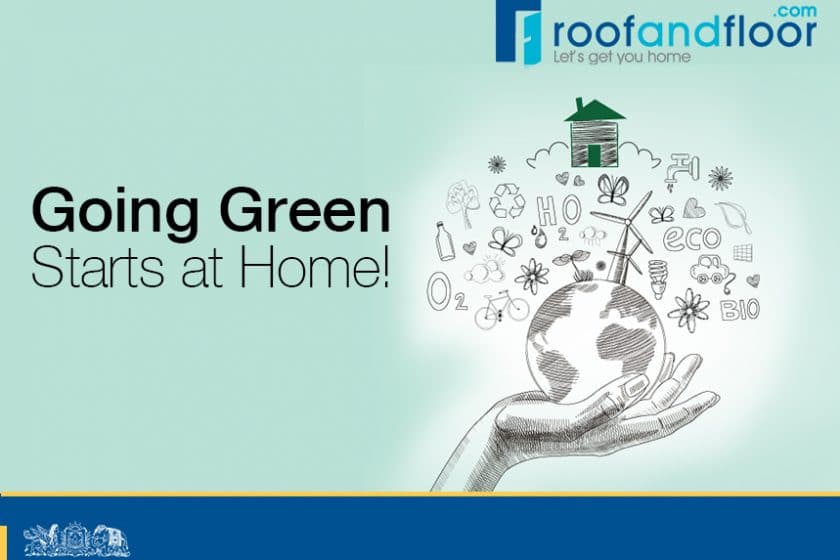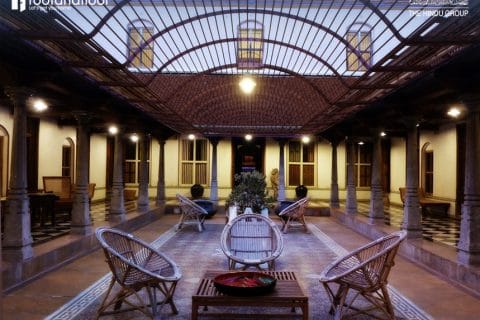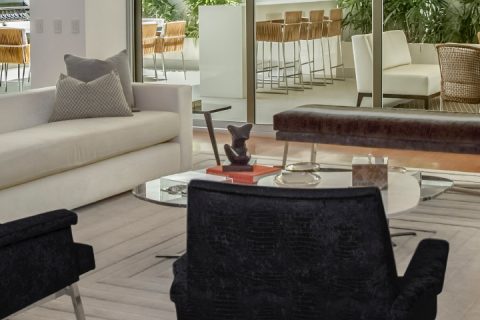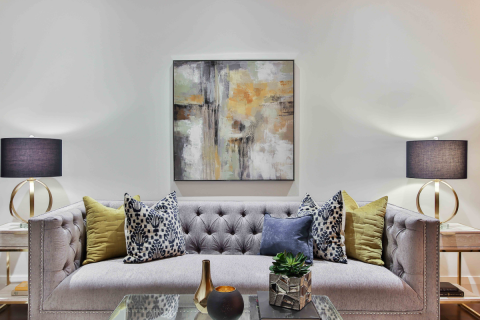The environment is taking a beating as the quest for development remains in an upswing. There is undoubtedly a need for development, and the mounting needs only continue to reinforce this. Therefore, it is fair to say that development remains non-negotiable. Be that as it may, it is a cause for concern that we function with a sense of nonchalance in so far as the environment is concerned.
It is understood that no construction is possible without some accompanying destruction. Eco friendly architecture helps plug the obvious gap in the system. The idea is to mitigate the extent of adverse impacts such construction can have on the environment. There are slow but sure advancements in ensuring that eco-friendly and affordable homes can be a reality.
Take for instance the carbon-neutral self-powered eco-hut designed by Tata Power. At a price of Rs 10 lakh per unit, each one of these huts are built with eco-friendly materials. Special features of this home include power generated through solar photo-voltaic panels and windmills, devices that ensure energy efficiency and built-in solar water heaters as well as cookers. There are also provisions to recycle water and domestic solid waste.
When it comes to building your dream home, there are plenty of ways to incorporate eco-friendly construction measures. Here are some ideas:
- Reduce the use of manufactured materials. Using naturally occurring materials that are biodegradable tools will create buildings that are eco friendly. Manufactured resources come with the added disadvantage of being non recyclable, and also keeps your costs low.
- Reduce the amount of energy that goes into a material. Sourcing it as raw material and then processing it for use, and then returning it to nature. The lesser the embodied energy, the more eco-friendly the resource is.
- Building with natural instead of man-made means is a powerful way to impact the environment in a positive way. Maximising the use of elements such as air, water, light and space and also conserving resources through rain water harvesting, terrace gardening and using solar energy can help retain the environment’s natural quality. It can minimise greenhouse gas emissions which is the major cause behind climate change.
- Smart and effective designing can also help create a space that is both comfortable and environmentally friendly. By using means that can save on electricity bills, create multi-functional spaces and assist in the maintenance of the life cycle of the ecosystem, there is no compromise on the natural environment.
- Reducing carbon footprints through sustainable choices can go a long way in protecting the environment. There should be an assessment of the costs not only in terms of money, but also in terms of the energy that is expended in its usage.
- Keep the innovations perfect and in synchrony with the environment’s needs in mind. There are plenty of ideas that are being introduced every day. The construction sector is full of innovation, but not all of them are sustainable in terms of the impact they have on the environment. Innovations cannot create a sustainable impact unless they can work in conjunction with protecting the environment.
Owning the perfect home and being environmentally responsible don’t have to be mutually exclusive anymore. All it takes is a little more thought at the planning stage.





